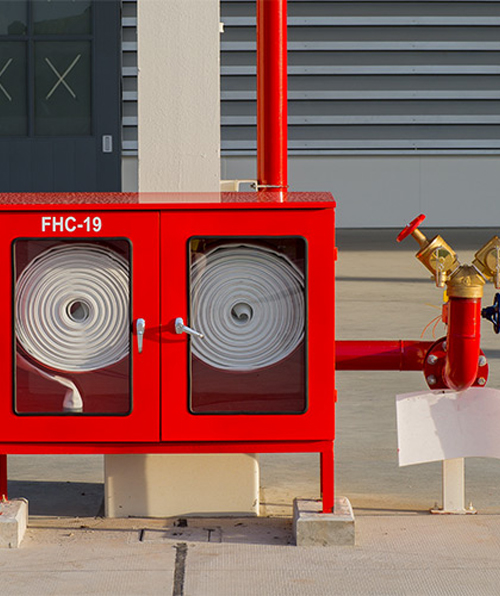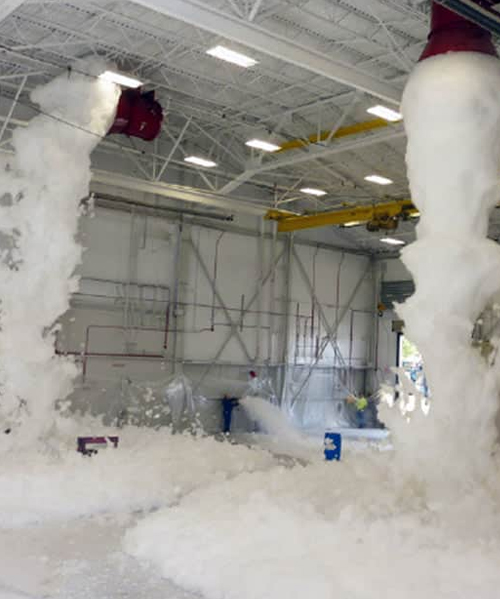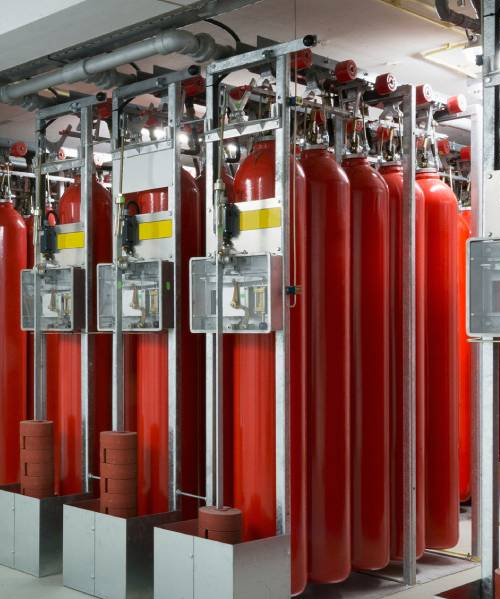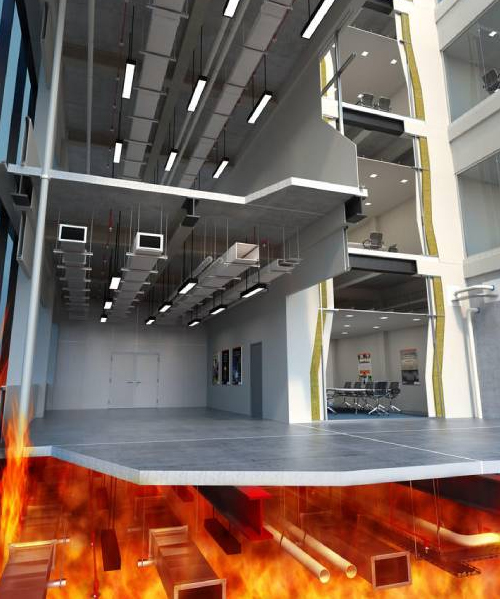ISO 9001 : 2015
Emergency Call
+91-9104604108
Emergency Call
+91-9104604108
Services

Fire Hydrant & Sprinkler System
A proper Hydrant System ensures an adequate, uninterrupted water supply, under sufficient pressure, at all strategic points of a building/factory in such a way that the fire is attacked immediately, with minimum loss of time and with maximum efficiency. Automatic Fire Sprinklers are an essential element of Fire Protection as it is designed to both detect & extinguish fire. A properly designed and maintained automatic fire sprinkler system can significantly reduce property damage as well as protect lives.



